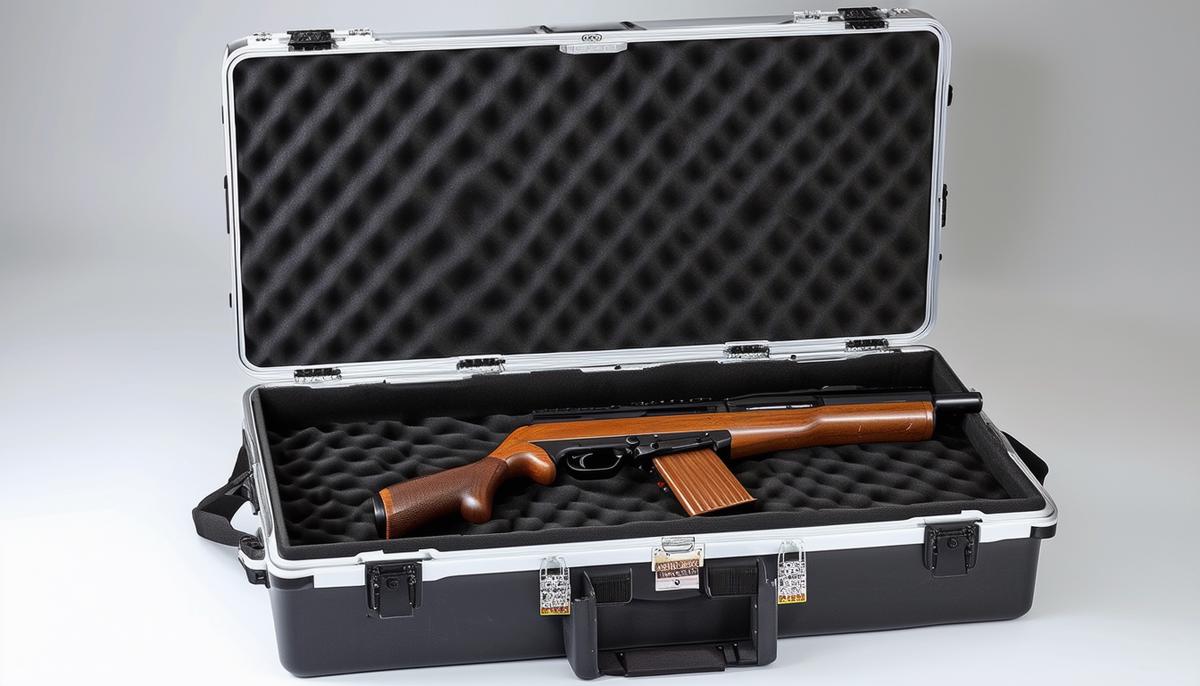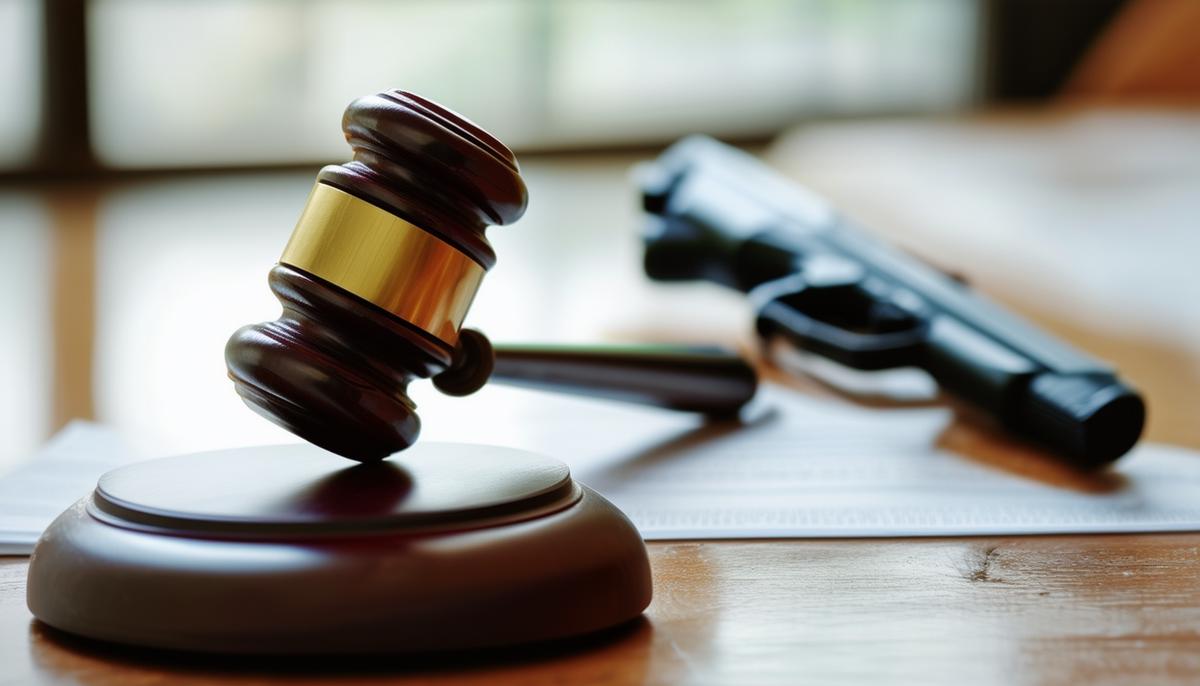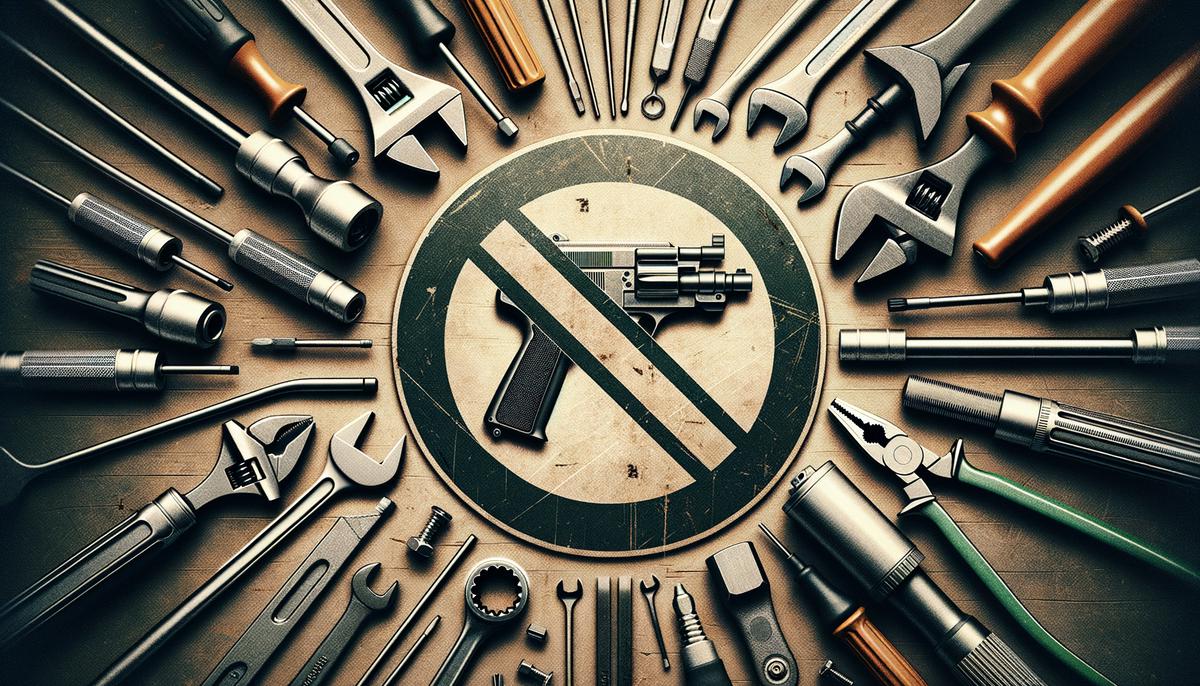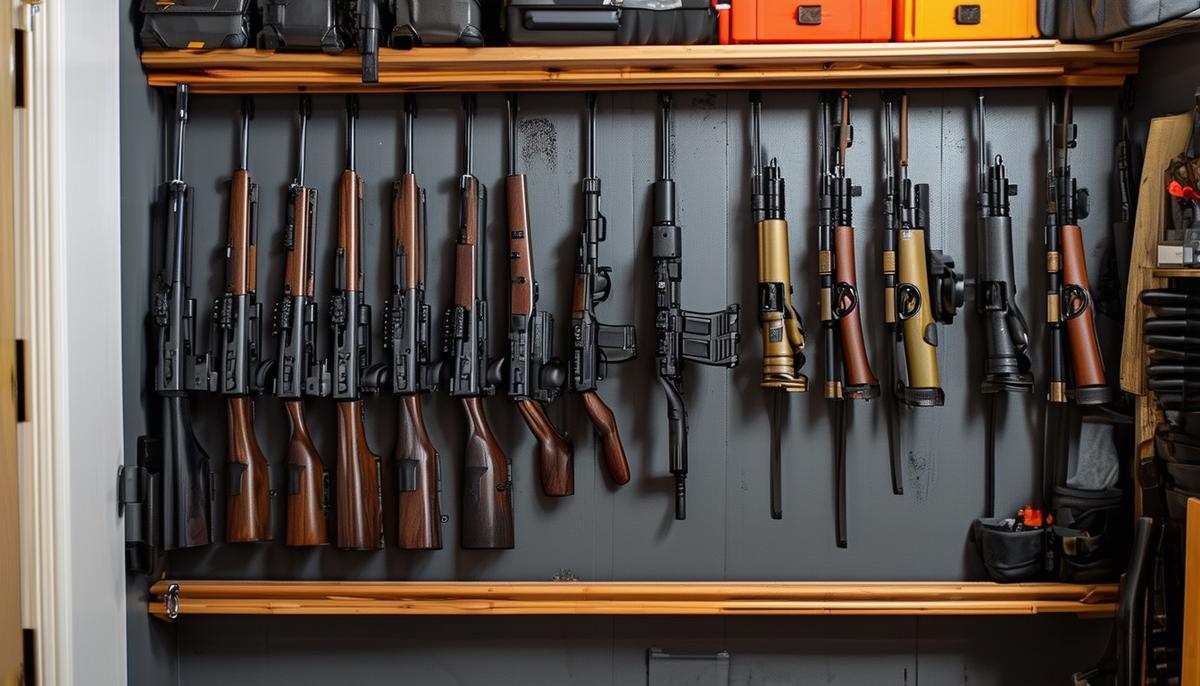What are the legal requirements for owning an air gun in Canada?
In Canada, air guns are subject to specific legal categories that determine ownership requirements. The main distinctions are based on the air gun’s muzzle velocity and energy.
Categories of Air Guns
- Air Guns Considered Firearms for All Purposes:
- Muzzle velocity over 152.4 meters per second (500 feet per second) and muzzle energy exceeding 5.7 joules.
- Requires a Possession and Acquisition License (PAL) for rifles or a Restricted Possession and Acquisition License (RPAL) for pistols.
- Subject to registration, safe storage, transport, and handling regulations as with conventional firearms.
- Air Guns Meeting the Criminal Code Definition of Firearms:
- Lower muzzle velocity and/or energy than full firearms but can still cause serious injury.
- No PAL or registration required unless used in a crime.
- Must be handled safely, with some provincial laws applying.
- Replica Firearms:
- Resemble real firearms but lack power to cause serious injury.
- Classified as prohibited devices; cannot be imported or acquired post-December 1, 1998.
- Existing owners can possess without a license, but criminal use is prohibited.
- Non-Firearm Air Guns:
- Don't meet firearm criteria or closely resemble real firearms.
- Considered toys or imitation firearms with fewer restrictions.
- Criminal misuse involves certain penalties.
Registration and Licensing
- High-powered air guns require a PAL or RPAL, depending on design.
- Low-powered air guns typically don’t need a license but should be used and stored responsibly.
Usage in Crimes: Using any air gun to commit a crime subjects the user to the same penalties as using a conventional firearm.
Can air guns be used for self-defense in Canada?
Air guns are not legally supported or recommended for self-defense in Canada. They are primarily classified for recreational use, such as target shooting and small game hunting. Using an air gun for self-defense can lead to significant legal consequences due to the potential for serious injury or escalation.
Law enforcement agencies emphasize that air guns do not offer the same level of deterrence or stopping power as actual firearms. In high-stress situations, distinguishing between an air gun and a genuine firearm can be challenging for both authorities and potential assailants, potentially leading to tragic outcomes.
"From a legal perspective, using an air gun to fend off a threat may still be considered the use of a weapon, risking similar legal repercussions as using a real firearm."
Canadian self-defense laws stipulate that the use of force must be reasonable and proportionate to the threat faced.
For personal protection, it is advisable to seek alternative methods, such as:
- Practicing situational awareness
- Installing security systems
- Consulting law enforcement professionals for proper safety measures
What are the rules for transporting air guns in Canada?
Transporting air guns in Canada requires adherence to specific regulations, especially for high-powered models that meet the criteria for firearms. The primary aim is to ensure safe and secure transportation to prevent accidents and unauthorized use.
For air guns classified as firearms:
- Unloaded Condition: No pellets or BBs in the chamber or magazine.
- Secure Storage: Placed in a locked, hard-sided case.
- Locking Mechanism: Some jurisdictions require trigger locks or similar safety devices.
- Separation of Gun and Ammunition: Transport ammunition separately from the air gun.
- Visibility and Discretion: Keep out of plain sight in public areas.
- Direct Route: Take the most direct and practical route to your destination.
- Compliance with Local Laws: Be informed about specific provincial and municipal regulations.
- Documentation: Carry relevant documentation, such as PAL or RPAL, when transporting high-powered air guns.
For lower-powered air guns, rules are generally less stringent but still emphasize safety. They should be transported unloaded and in a manner that prevents accidental discharge or unauthorized access.
Important Note: Failure to comply with transportation regulations can result in significant legal consequences. Understanding and following these guidelines is essential for responsible air gun ownership and transportation in Canada.

At what age can you buy an air gun in Canada?
While there is no federal law stipulating a minimum legal age for purchasing air guns in Canada, most retailers follow a self-imposed guideline requiring buyers to be at least 18 years old. This age requirement is especially pertinent for higher-powered air guns that are treated similarly to firearms.
Provincial Regulations:
- Ontario: Individuals must be 18 or older to purchase low-powered air guns that do not meet the threshold for classification as firearms.
- Some provinces extend this age requirement to include specific record-keeping obligations for retailers.
Retailer Policies: Many mandate that customers present valid identification proving they are 18 or older before processing an air gun purchase.
In some cases, minors may acquire an air gun if a parent or guardian is present during the purchase, providing consent and overseeing the transaction.
Provincial Variations:
- British Columbia and Alberta: Might have specific local regulations that slightly vary from federal guidelines or other provincial norms.
It is essential to familiarize yourself with the laws specific to your province to ensure compliance and responsible ownership.
Overall, the combination of provincial laws and retailer policies typically enforces an age requirement of 18 years to purchase an air gun in Canada, promoting safety and responsibility among air gun users.
How do Canadian laws classify air guns?
Canadian laws classify air guns into several categories based on their muzzle velocity, energy, and resemblance to real firearms:
| Category | Description | Requirements |
|---|---|---|
| 1. Firearms for All Legal Purposes | Exceed 152.4 m/s muzzle velocity and 5.7 joules muzzle energy | Require PAL for rifles or RPAL for pistols; subject to registration and safety regulations |
| 2. Firearms Under Criminal Code, Not Firearms Act | Below 152.4 m/s muzzle velocity and/or 5.7 joules muzzle energy | No PAL or registration needed unless used in a crime; require safe handling |
| 3. Replica Firearms | Resemble actual firearms closely but lack power to cause serious injury | Classified as prohibited devices; existing owners can possess without a license if not used criminally |
| 4. Non-Firearm Air Guns | Lack power to be considered firearms and don’t sufficiently resemble real firearms | Not subject to stringent firearm regulations; can carry penalties if used in crimes |
Classification criteria focus on the air gun’s potential to cause serious injury and its visual similarity to real firearms. High muzzle velocity and energy thresholds determine the first category, while design realism primarily dictates replica firearm classification.
Understanding these categories helps air gun users comply with legal requirements, manage their air guns responsibly, and promote public safety.
What are the penalties for misusing air guns in Canada?
Misusing air guns in Canada carries severe legal consequences. Under the Criminal Code, air guns used in criminal activities are treated similarly to conventional firearms. Key points include:
- Sections 91-95 and 99-101 of the Criminal Code outline illegal actions related to possession, acquisition, and trafficking of firearms, including high-powered air guns.
- Section 85 mandates mandatory minimum sentences for using air guns in committing offenses. For example, using an air gun in a robbery may result in a minimum five-year imprisonment for a first offense.
- Section 88 covers possession of a weapon for dangerous purposes, carrying penalties of up to 10 years imprisonment.
- Section 91 addresses unauthorized possession of air guns meeting high muzzle velocity and energy thresholds, punishable by up to five years in prison.
- Unauthorized trafficking or transferring of air guns (Sections 99-101) can result in imprisonment for up to 10 years.
- Section 117.03 allows for seizure and forfeiture of air guns used in crimes or possessed unlawfully.
These penalties underscore Canada’s commitment to public safety and regulation of potentially dangerous weapons. Understanding and adhering to these laws is essential for all air gun users.

Are there any restrictions on air gun modifications in Canada?
Canada imposes stringent regulations on air gun modifications to prevent them from becoming more powerful or dangerous weapons. Key restrictions include:
- Muzzle velocity and energy: Modifications resulting in velocity exceeding 152.4 m/s (500 fps) or muzzle energy over 5.7 joules reclassify the air gun as a firearm, requiring appropriate licensing and registration.
- Automatic firing: Converting an air gun to automatic firing is prohibited and classified as a prohibited firearm.
- Appearance modifications: Altering an air gun to resemble a restricted or prohibited firearm may subject it to the same legal requirements as those firearms.
- Sound suppressors: Installing suppressors or silencers is heavily regulated, as these are classified as prohibited devices.
- Structural modifications: Altering internal mechanics to enhance accuracy or power may shift an air gun into the firearm classification.
Unauthorized modifications can result in legal actions, including confiscation and potential charges. Owners should thoroughly understand legal boundaries and consult official guidelines before making any alterations to ensure compliance and avoid legal consequences.

How should air guns be stored in Canada?
Proper storage of air guns in Canada is crucial for safety and legal compliance. Here are the key guidelines:
General Storage Guidelines:
- Unload before storage
- Use locked containers or cabinets
- Keep out of reach of unauthorized individuals
- Separate air guns from ammunition when possible
High-Powered Air Guns (classified as firearms):
- Use trigger locks in addition to locked containers
- Store in firearm safes or secure rooms
- Comply with all regulations in the Firearms Act
Best Practices:
- Conduct regular safety checks on storage setups
- Control temperature and humidity in storage areas
- Educate household members about risks and responsibilities
- Maintain detailed records of air guns
- Implement a ‘two-lock’ system for added security
- Use discreet storage locations
These guidelines ensure responsible ownership, legal compliance, and minimize risks associated with air gun ownership. Remember, safety should always be the top priority when storing air guns.

Leave a Reply